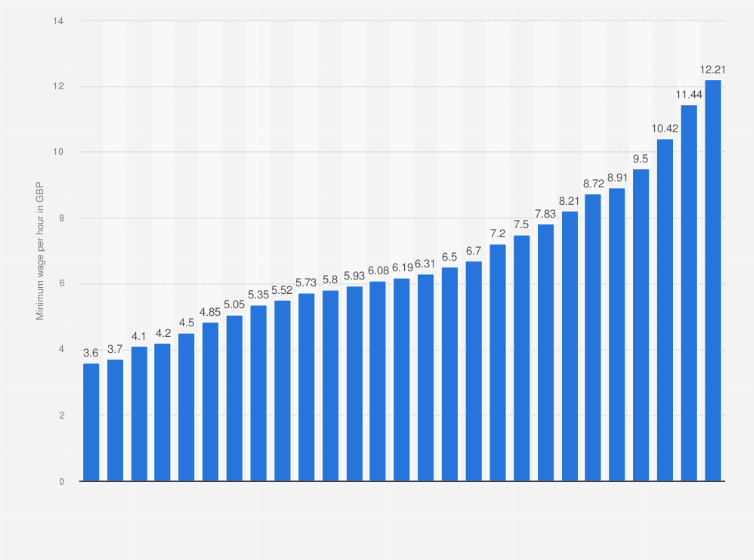
Introduction
The UK National Living Wage (NLW) is set to increase in 2026, significantly impacting the income of millions of workers across the country. The importance of the NLW cannot be understated as it plays a crucial role in addressing the cost of living, reducing poverty, and ensuring a fair wage for low-income earners. As discussions surrounding the wage increase intensify, it is essential to understand the implications, the rationale behind the decision, and the overall impact on the economy.
Details of the NLW Increase
As of October 2023, the government has provided preliminary estimates indicating that the NLW will rise by a substantial margin, aligning with the rising costs of living and inflation rates. Experts predict that this increase is expected to be announced officially in late 2025. This adjustment will focus primarily on workers aged 23 and over, who currently earn £10.42 per hour. The increase aims to ensure that wage growth outpaces inflation, enabling workers to maintain purchasing power.
Economic Context and Rationale
The recent hike in inflation rates, which have exceeded 10% in recent months, has brought renewed attention to the living wage. As food and energy prices continue to soar, the increase in the NLW seeks to address the financial struggles faced by many households across the UK. Businesses are being encouraged to adapt to these changes, with many already reviewing their employment practices in response to rising costs and labour demands.
Furthermore, this decision aligns with the government’s long-term strategy to tackle income inequality and improve living standards. In response to stakeholder feedback and economic assessments, the Department for Business and Trade released a report advocating for the wage increase to ensure that all workers receive a fair share of the UK’s economic growth.
Potential Implications for Workers and Businesses
The planned increase could have wide-reaching repercussions for both workers and employers. For employees, particularly those in low-paying sectors, the rise in the NLW could provide much-needed relief amidst the ongoing cost of living crisis. It is anticipated that approximately two million workers will benefit directly from this change.
On the other hand, businesses may face increased payroll expenses that could lead to tough decisions regarding hiring practices or reducing hours. However, many economists argue that the positive impacts of a higher minimum wage often stimulate consumer spending, ultimately benefiting the economy.
Conclusion
The anticipated increase in the UK National Living Wage by 2026 signals a significant move towards financial stability for workers across the nation. While the implementation poses challenges for some businesses, the overall benefits to the economy and the workforce could create a more equitable environment for all. As the government continues to navigate the complexities of wage policies amid economic uncertainty, the focus remains on enhancing the quality of life for every worker in the UK.
You may also like

Current Status of the Bank of England Base Rate

The Current State of Interest Rates in the UK
